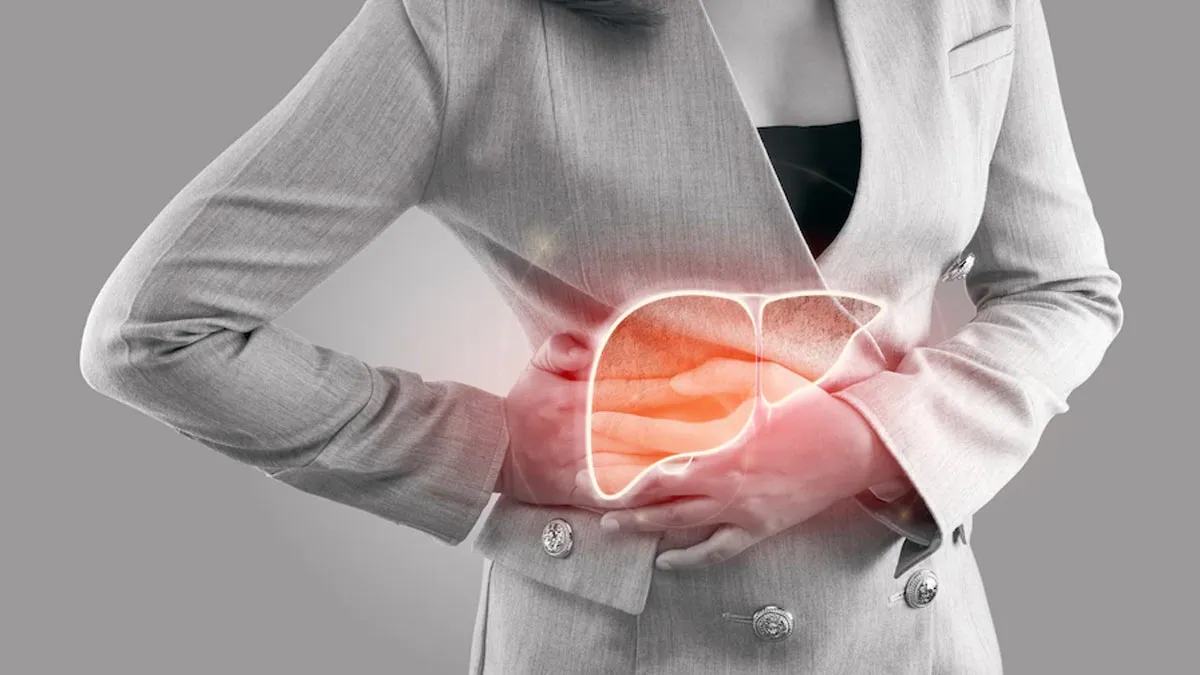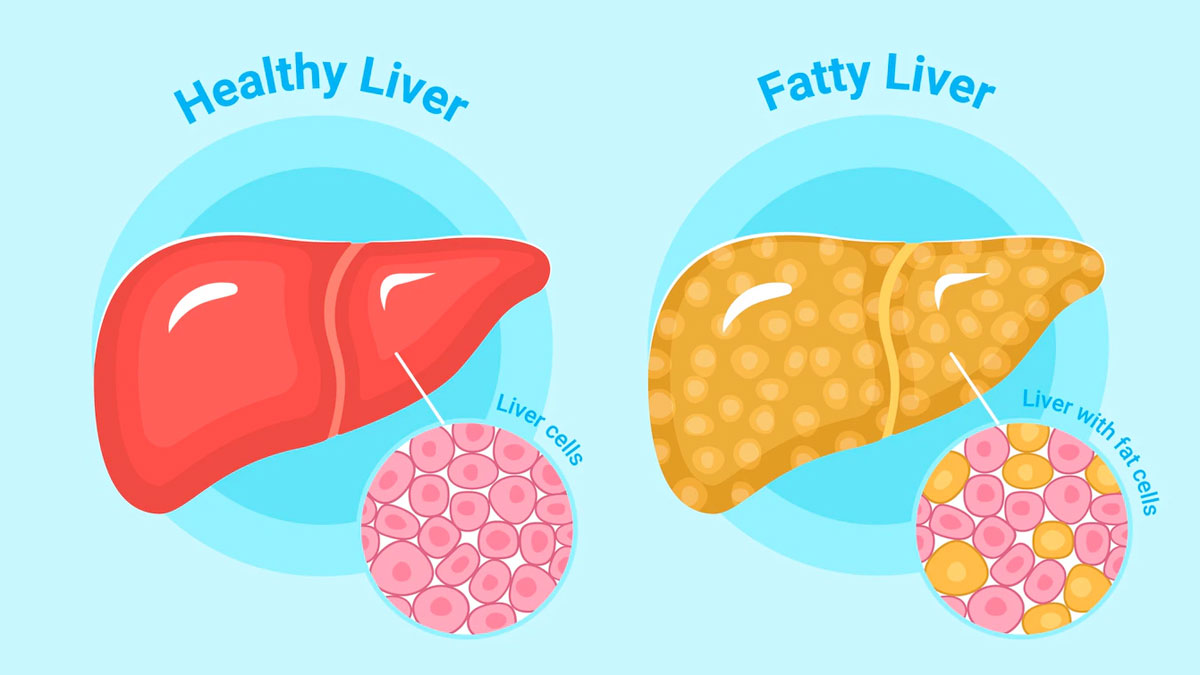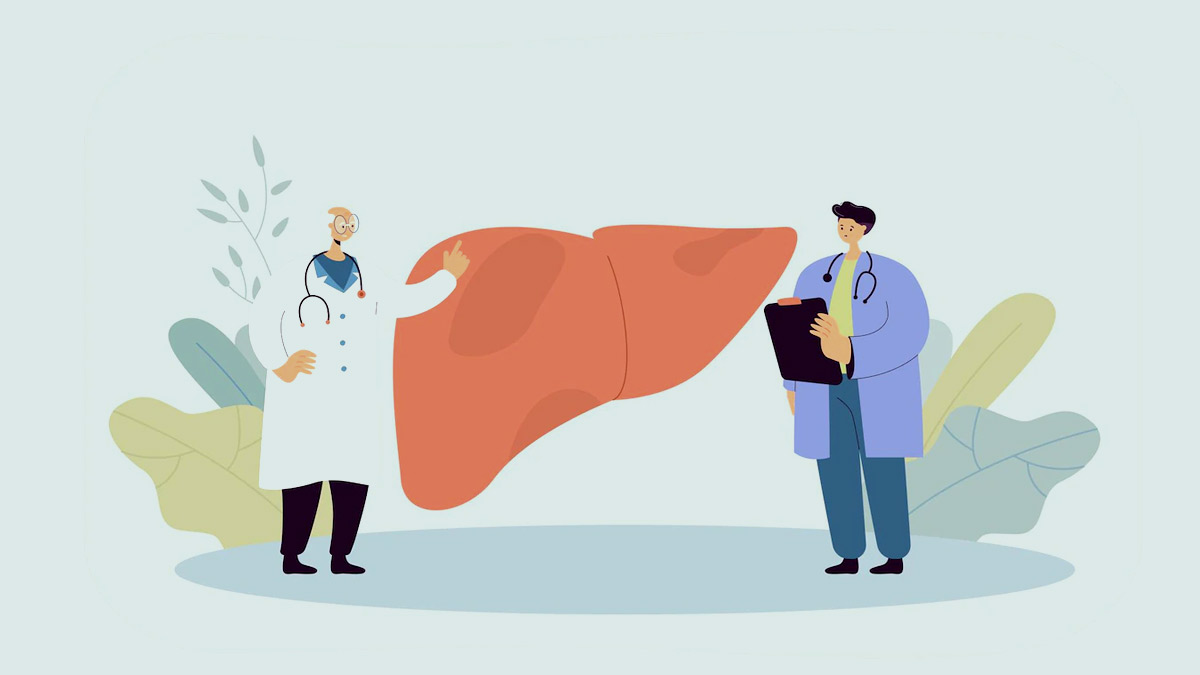
Fatty liver disease, medically termed hepatic steatosis, is the accumulation of excess fat in the liver. The liver naturally contains some amount of fat, but more than 5 to 10% of its weight may lead to health problems. Therefore, healthcare providers always highlight that early detection of fatty liver disease is pertinent to help intervene in time. In order to diagnose fatty liver in an individual a medical procedure involving lab tests and radiographs is required. People with sedentary lifestyles are most prone to this disease. However, it is not possible to visit a clinic frequently as it can be pocket-heavy. What if we tell you that there are ways you can look out for at home?
Table of Content:-
In an exclusive interaction with the editorial team of Onlymyhealth, Dr Shrey Kumar Srivastav, Senior Consultant and Physician at Sharda Hospital - Noida, shared that although a medical diagnosis is required, here are several symptoms you can look out for at home.
Signs Of Fatty Liver To Check At Home
1. Unrelenting Fatigue
The most common symptom of fatty liver disease is persistent fatigue. The liver is responsible for detoxifying the body and converting food into energy. When the liver is overwhelmed with fat, it may not be able for it to carry out these functions, leaving you tired even after a full night's sleep or adequate rest.

Also Read: How To Decipher Silent Signs Of Fatty Liver In Children And Prevent It? Hear From An Expert
2. Unexplained Weight Gain or Inability to Lose Weight
If you gain weight without a significant change in diet or activity level, or if losing weight is difficult, it may be a sign of metabolic changes that are associated with fatty liver disease. The liver is also responsible for metabolising fats and sugars, and damage to the liver can cause the body to store more fat.
3. Abdominal Discomfort or Fullness
Pay attention to uncomfortable, fullness, or vague pain in your upper right upper quadrant. This organ is the site of the liver, and in the case of fatty liver, inflammation or oedema can take the form of a dull ache there leading to persistent abdominal discomfort or fullness.
4. Skin Changes
Fatty liver disease is sometimes accompanied by visible skin changes, including
Yellowish Skin or Eyes: Although this is more commonly associated with later stages of liver disease, such as cirrhosis, jaundice (yellowing of the skin and eyes) can sometimes be present in severe cases of fatty liver.
Dark Patches on the Skin: Dark, velvety patches, especially around the neck or underarms (acanthosis nigricans), can be a sign of insulin resistance, which often accompanies fatty liver disease.

Also Read: Waking Up All Night? Your Liver Could Be Sending You A Cry For Help
5. Digestive Problems
A slow liver could be a significant cause of weak digestion. Nausea and bloating post-eating fat-rich food as well as uneasiness in general are some indicators that your liver is not capable of breaking fats down efficiently.
6. Lack of Mental Clarity or Poor Focus
Some patients diagnosed with a fatty liver disease claim to experience brain fog—feeling like one's mental gears are greased, thus focusing and retaining anything becomes hard. It might be due to the liver's inefficient function in adjusting the toxins and nutrients in the blood.
7. Easy Bruising or Bleeding
The liver produces proteins needed to enable blood to clot. If you realise you bruise more easily than usual or for a protracted period from cuts and scrapes, then maybe it is time to discuss liver health.
Tips To Take Care of the Liver at Home
If you have suspected fatty liver disease, consult your healthcare provider for a proper diagnosis. In the meantime, here are some things you can do at home to support the health of the liver.
- Focus on whole, unprocessed foods like fruits, vegetables, lean proteins, and healthy fats. Limit sugar, refined carbs, and alcohol.
- Exercise regularly as it can help reduce fat in the liver and improve overall metabolic health.
- Proper hydration since it supports the liver’s detoxification processes.
- Maintain a healthy weight as losing even a small percentage of body weight can significantly reduce fat in the liver.
Bottomline
The symptoms above may provide a clue, but they are not definitive for the diagnosis of fatty liver disease. If the symptoms persist or worsen, or if there are risk factors such as obesity, diabetes, or excessive alcohol consumption, then medical advice should be sought. Blood tests, ultrasounds, or even liver biopsies can confirm the diagnosis and lead to treatment. Paying attention to these subtle signs and making proactive lifestyle changes can help you take steps toward better liver health and overall well-being.
Also watch this video
How we keep this article up to date:
We work with experts and keep a close eye on the latest in health and wellness. Whenever there is a new research or helpful information, we update our articles with accurate and useful advice.
Current Version